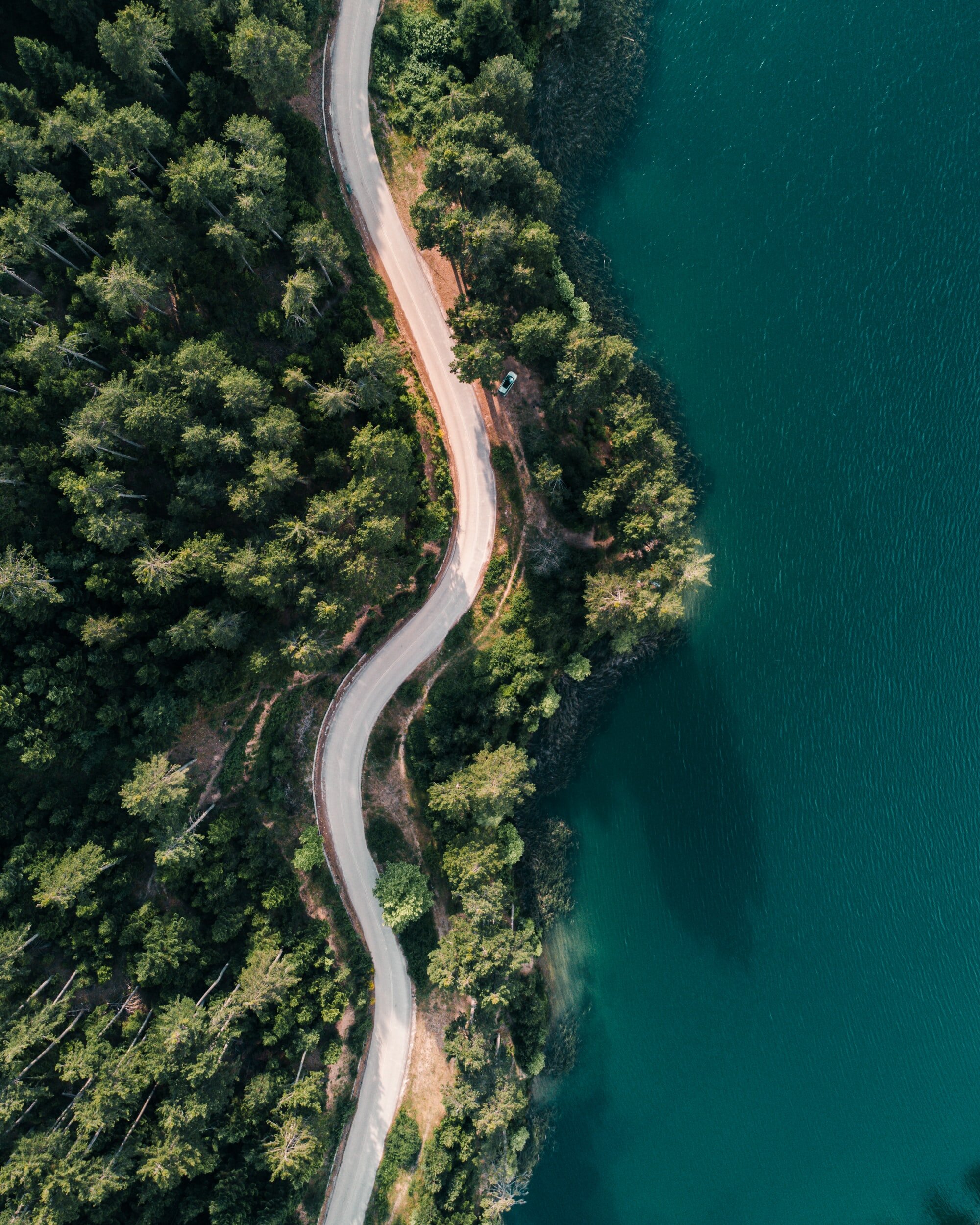
35 % of the world’s mangrove forests may have been lost between 1980 and 2000.
Straddling the interface of land and sea, mangrove forests are of two worlds. Their branches provide homes for lizards, snakes, and nesting birds, while their roots, when submerged, become protective nurseries for baby fish and sanctuaries for marine mammals.
Mangroves also provide a slew of benefits for coastal human communities. They act as storm barriers, protecting inland areas from flooding and erosion by dissipating the energy of big waves. They help filter river water of pollutants and trap excess sediment before it reaches the ocean. Their role as fish nurseries can have a big impact on local economies and food production.
Mangrove blue carbon strategies for climate change mitigation are most effective at the national scale.

What we’ve done so far
We have been working in partnership with Worldview International Foundation since 2012 to establish the Thor Heyerdahl Climate Parks in the Delta Region of Myanmar and together with other strategic partners, we have collectively planted 100 million mangrove trees so far.
In partnership with EcoFriend World we have planted 300,000 mangrove trees at the Eric Bremley Lyngdoh Earth Tiger Climate Park in the Sundarbans of India in West Bengal to celebrate the International Day for the Conservation of Mangrove Ecosystems 2021 and to honour Eric Bremley Lyngdoh who led the youth volunteers of non-violent direct action during the hill state movement in the 1960s that gave birth to the creation of Meghalaya in 1972.

